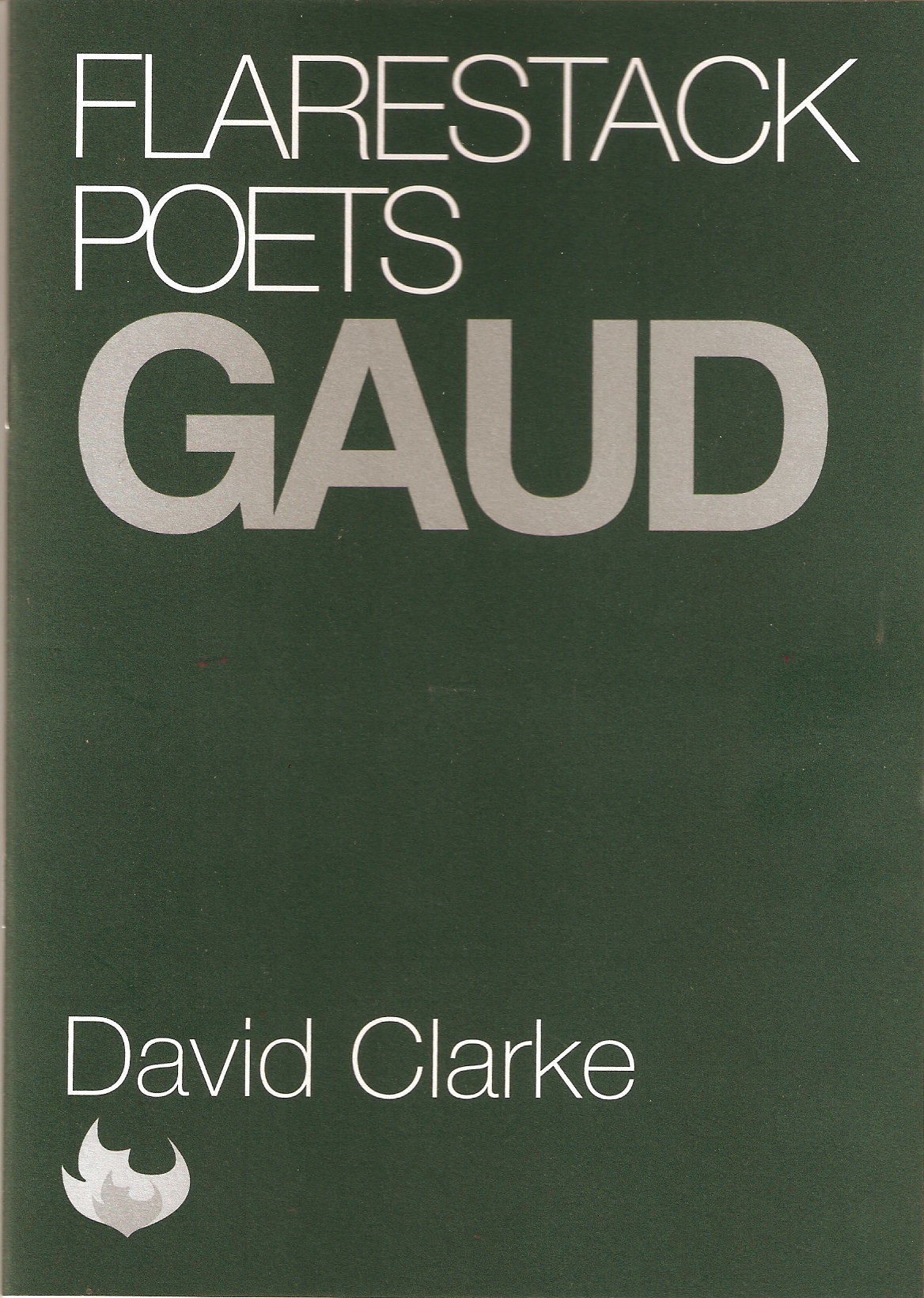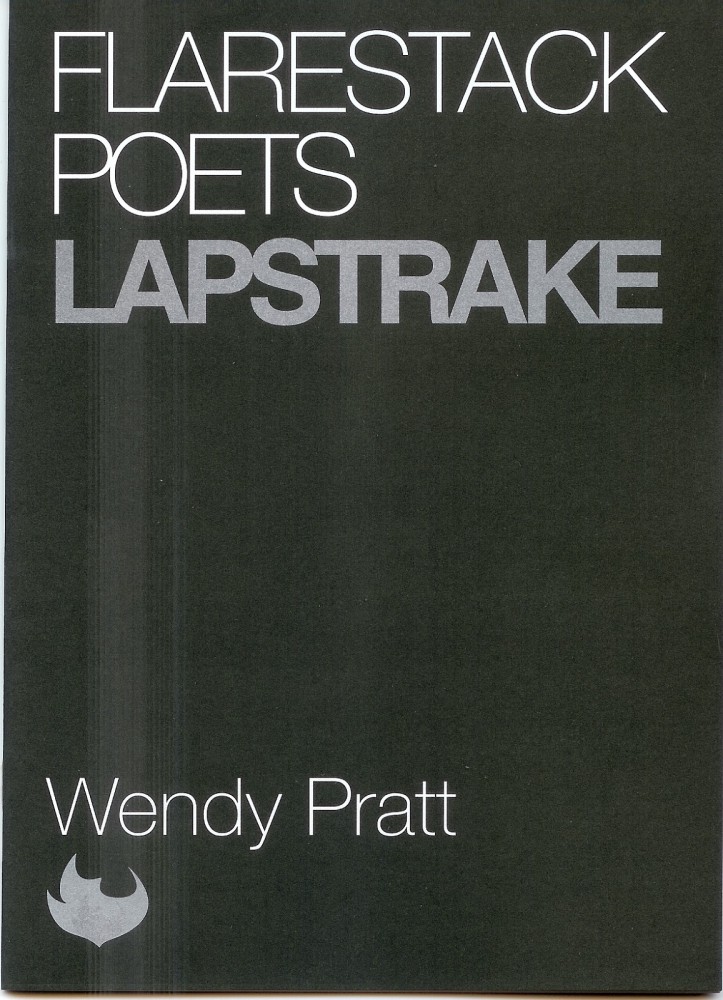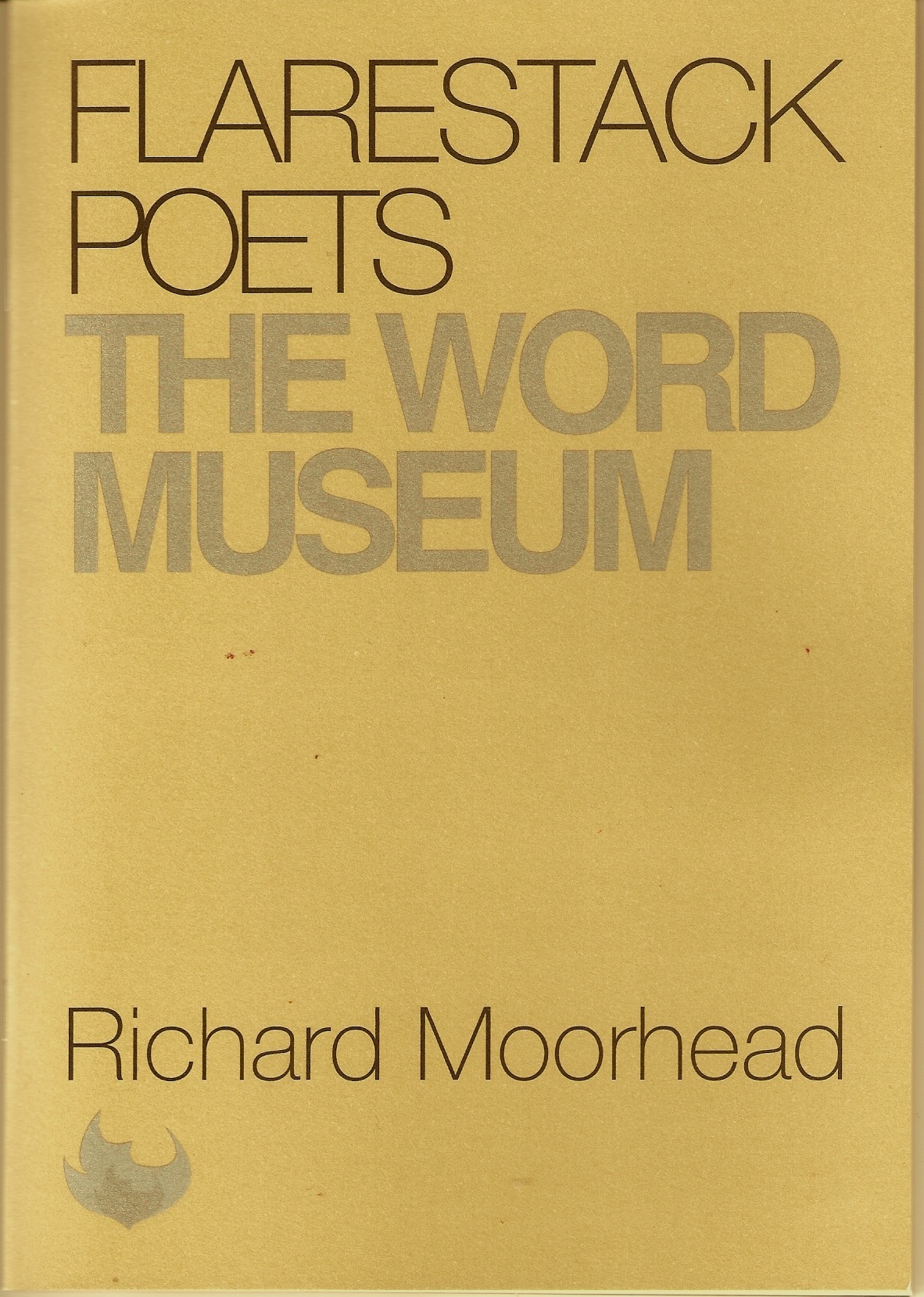‘All Safe All Well’ by Caleb Klaces
-Reviewed by Vikki Littlemore–
As a collection, Caleb Klaces’ All Safe All Well feels steeped in necromantic images that create an other-worldly miasma made-up substantially of speech; spoken by who, we don’t know, and often reflecting the awkward, imperfect patterns of naturally spontaneous conversation. The collection opens with an unidentified speaker; ‘A lot of the painting here is painting over. / Can everyone at the back hear over everyone?’, and immediately takes one out of the expected, and into something unfamiliar linguistically, and bewitching in terms of imagery; ‘Everyone is a blast of light seeping across the film. / All day high toothy windows whiten in flashlight’. From the first few lines, you are lulled or transfixed, as with something beautiful that you can’t take your eyes away from.
‘Painting over Aya Sofia’ , which opens the collection, creates a pounding beat, like the rapid droning of a machine, with repetition. At first the words are repeated here and there, fairly diffusely, but not offensively so thanks to the delicate, dreamy images, and dialogue-like cadence. The pattern begins slowly:
‘A woman kisses her cross and crosses herself.
Another is kissed by a pink polo shirt and camera.
A camera will not put the rest of Christ back in.
It will not take away the crowd around Christ’s toes’.
The reiteration of words is not unpleasant, and feels like a comforting, rolling rhythm. However, in the final stanza, the repetition intensifies, and becomes more dominant without feeling oppressive.
‘The crowded reference image accompanying the fragments.
Pigeons wing through the high windows and up in fragments.
Christ’s toes; Christ’s fingertips; Christ’s thigh; Christ on high.
Sandals expose toes in the highlights’
There’s a modicum of humour in those final lines which is enough to maintain a lightness, and stop the repetition feeling inartistic. This pattern has cleverness, rather than a lack of skill.
‘Cheering the Relief Boat’, five poems into the collection, comprises two separate parts, both very different. In the first, the images are so distinct that they breathe life into the environment and foster it, making it vivid and raw to every sense. In each sensory line, you can smell and hear, feel the sea, and the boat, you can see the greyness, taste the salt.
‘Marston heaves in his greasy furs, aiming a shell at the horizon.
Hoosh boils in the hut. Black smoke hangs in the air.
Limpets clamp. Marston weeps in hoosh smoke. The sea slaps itself’.
In either of its parts, this is not a poem centred around form, or stylistic displays. It is purely and simply an exercise in imagery. That isn’t to say that it is without form, but it feels too stripped down for that. This poem is an opportunity for the images contained in it, for the natural language that feels so viscerally red-raw, like the hands of the narrative men who provide its backbone, that it should stand alone. The only small device, it would appear, is the use of short sentences, of one or two words, broken by the pause a full-stop brings, which evoke a sense of the metronome of the waves, with its natural, rhythmic steadiness, but this doesn’t detract from the beautiful simplicity that allows the imagery to stand-up and be heard;
‘The horizon shouts. Hurley boils. The sea weeps Marston ashore.
Hurley clamps Marston. Marston heaves. Feet disperse.
Hot hoosh shines Marston’s iced lungs in the hut.
Bones whiten in skin. Seals aim the football around the rocks‘.
The collection ends on a note of revelatory beauty, by which I mean beauty standing on its own for the celebration of itself. The final two poems are characteristically clean and uncomplicated, with the easy flourish of a hot night, when the body feels other. They have a confident elegance, and un-laboured charm.
‘Language is her Caravan’, the penultimate poem, depicts a girl who clearly faces problems in some way, perhaps with physical or mental disability. A statement is made; ‘“My sister can’t express herself properly’. The next stanza creates a circus, with all the synonymous connotations of danger and excitement; big tops, lion tamers, trapeze artists. Then comes the concluding statement, corresponding to the opening declaration about the sister; ‘Language is her caravan on bricks, / with tiny little windows in”’. With only a few lines, and without extensive convolution, an image of the girl, and her story, are given life. The gentle beauty of the language, infused with brotherly tenderness, generate real sympathy, sadness, and make you avid to have more knowledge of her.
Amongst the current vogue for somewhat austere poetry, where it seems the inclination is to obfuscate the subject matter so greatly that it barely makes sense, Caleb Klaces feels like a survivor from another time. This isn’t to say that he is in any way old-fashioned or outdated, far from it! But he manages to stay in touch with the anachronism of writing romantically and beautifully, while not being at all frilly, or ridiculous. This collection is both modern, clipped, and contemporarily artful with language, and also poetic in a traditional sense, in the illustrative and imaginative way that a lot of modern poetry isn’t. It feels filled with light, and joy, and a love of language and imagery. It is a positive, uplifting experience to read it, rather than a lesson in modern austerity. Take this poem title; ‘How now we scare ourselves’, and its opening lines and you’ll understand what there is to love:
‘On cloudy nights the moon is sunk through algae blooms,
a coin caught under rock, flashing white
in the light of the moon, in the pool with hermit crabs,’.





